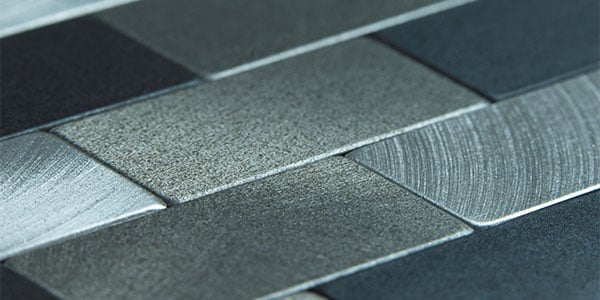
Engineering Materials
- The DSC-60 Plus enables measurements down to temperatures as low as -140 ̊C by filling the standard built-in cooling bath with liquid nitrogen. - The DTG-60 supports simultaneously evaluation of the heat resistance of rubber samples and quantitative analysis of the sample components. - The TMA-60 enables stable measurement of the coefficient of linear expansion, even under a small compressive load of 10 mN.
High sealability is required in piping and vessels used in the transportation and storage of gases and liquids in order to prevent leaks. In particular, because leaks occur easily at joints, rubber seal materials such as O-rings are frequently used to improve the sealability of these parts. Since the characteristics of rubber, including the applicable temperature range, pressure resistance, and weathering resistance, differ depending on the type of material, it is necessary to select a suitable seal material for the intended purpose and use environment. This article introduces an example of a total evaluation of the thermal characteristics of four types of rubber O-rings made from different materials, which were measured using a Shimadzu Differential Scanning Calorimeter (DSC), Simultaneous Thermogravimetric and Differential Thermal Analyzer (TG-DTA), and Thermomechanical Analyzer (TMA).
12 de diciembre de 2023 GMT